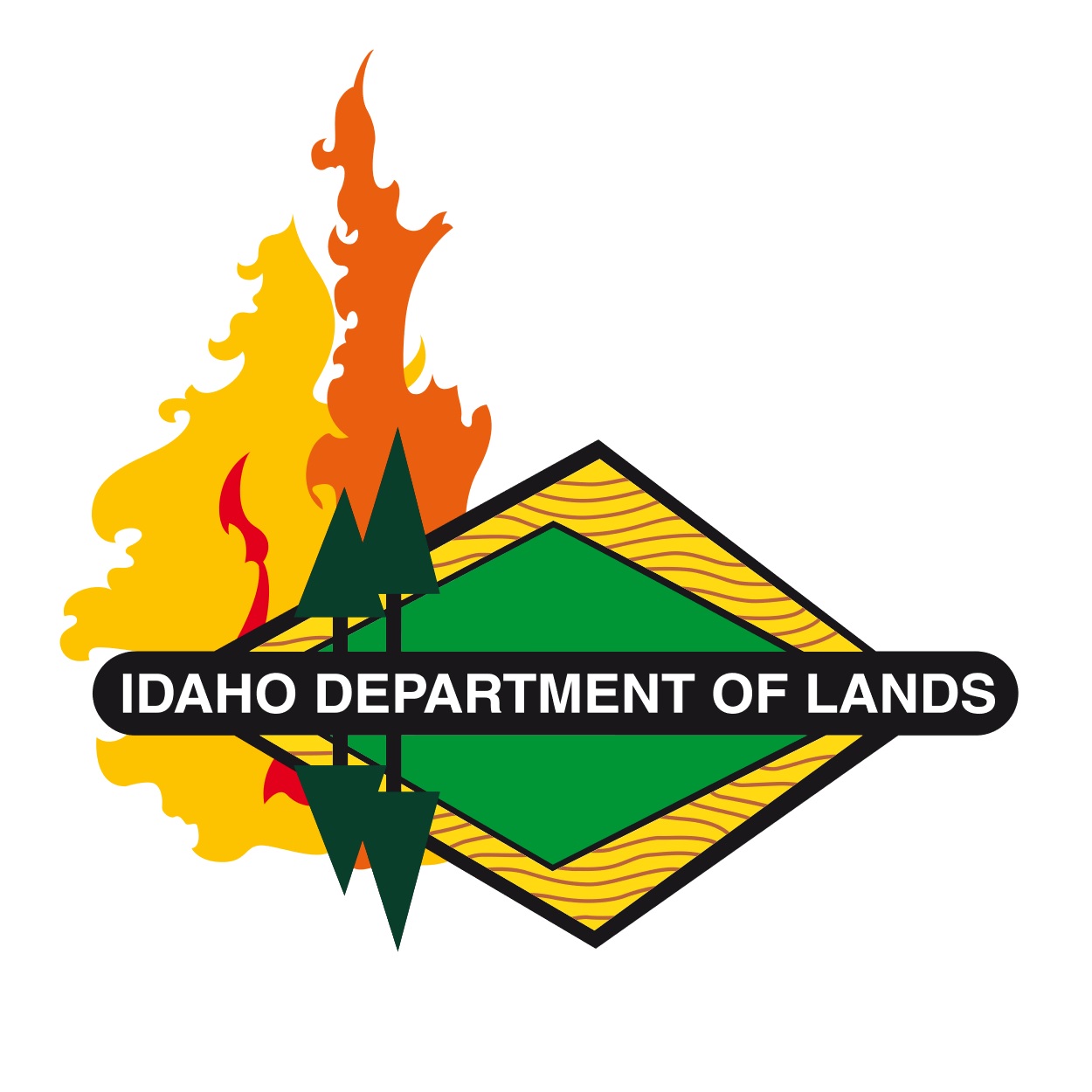Right Tree, Right Place – Ensure Your Trees will Thrive
Michael S. Beaudoin
Community Forestry Program Manager
Proper tree selection and placement is commonly referred to as “Right Tree, Right Place.” This commonly refers to proactively avoiding tree conflicts with utility lines.
Researching your climate, soil conditions, and tree species profiles for your planting project will also ensure you pick the right tree for the right place.
Trees are divided by their mature size into three different classes. Different tree species have very different mature heights and it is important to keep this mind when planting near utility lines or homes.
These tree classes include:
- Class I: Trees that are safe to plant near power lines. These trees grow no taller than 25 feet.
- Class II: Should not be planted closer than 25 feet from power lines depending on the mature canopy size. This tree class grows no higher than 40 feet.
- Class III: Are large trees that should be planted at least 35 feet away from the house to minimize damage to houses and other buildings. This tree class grows to 60 feet or taller.
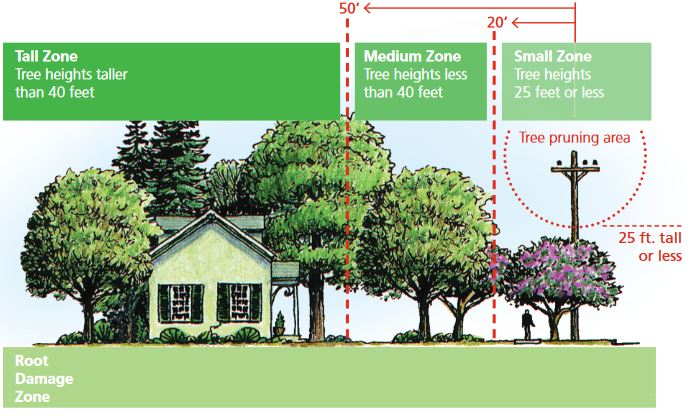
Utility-friendly trees for Idaho include Mountain Ash (Sorbus aucuparia), Eastern Redbud (Cercis canadensis) and select cultivars of Flowering Dogwood (Cornus florida). More information on utility-friendly trees can be found from Avista here and Idaho Power here.
Ensuring your trees don’t conflict with utilities is very important, but is also only part of the picture for tree selection and placement. The hardiness zone and the species profile of the selected trees are also important considerations when selecting and planting new trees.
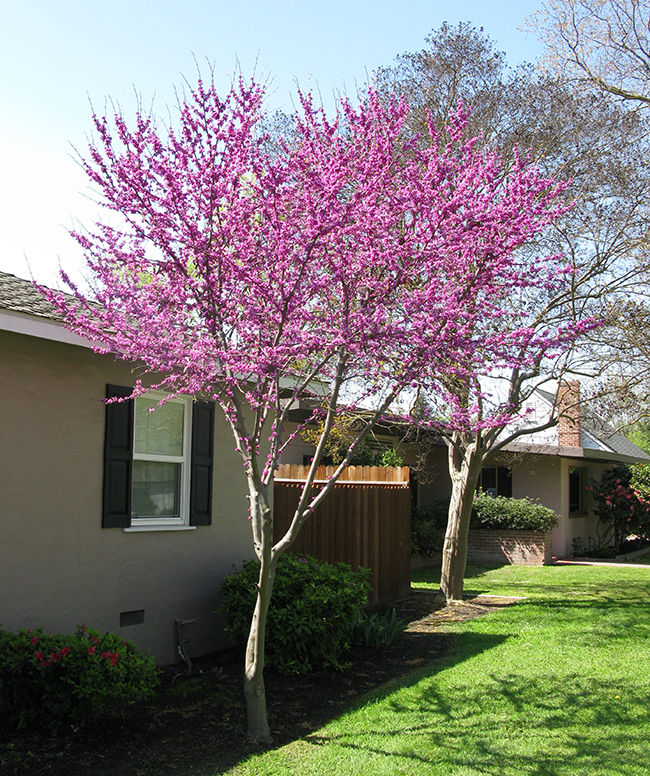
Knowing the site conditions of your planting area will help you identify tree species and cultivars that will thrive in the proposed planting area. Knowing your USDA plant hardiness zone is good place to start. Plant hardiness zones are based on the average low temperature for a given area. Hardiness zones in Idaho vary dramatically. For example, much of the Treasure Valley falls into hardiness zone 7a, whereas Idaho Falls falls into hardiness zone 5a due to Eastern Idaho’s harsher winters. You can find your plant hardiness zone here.
Your local soil and site conditions such as pH, soil texture composition, and wind exposure should also inform your tree species selection and placement. The Natural Resources Conservation Service (NRCS) provides much of this information for your address on the Web Soil Survey website here.
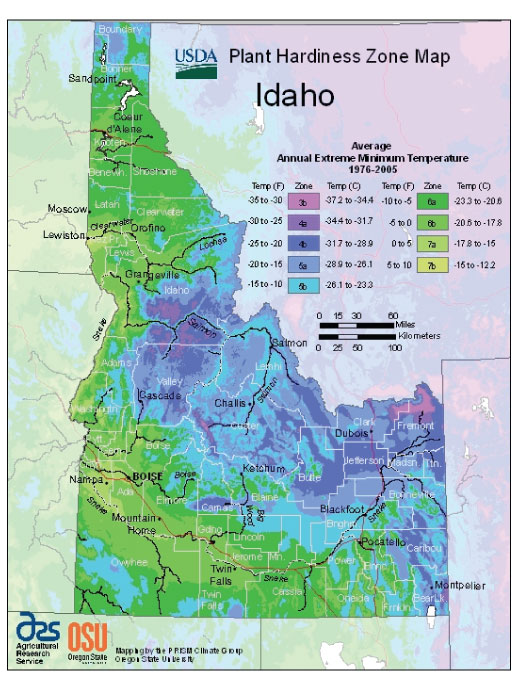
Maintaining a species profile of potential tree species for your project or common tree species within your region is a good practice for any arborist. Species profiles provide important information like mature tree characteristics such as canopy width, maximum tree height, and growth rate. Species profiles also provide known common issues with a particular species or cultivar such as pest susceptibility or a proclivity for developing codominant stems.
Two great resources for gathering information on tree species include:
- Treasure Valley Tree Selection Guide (Co-authored by many arborists within the Treasure Valley)
- SelecTree (An online tree species profile database managed by Cal Poly)
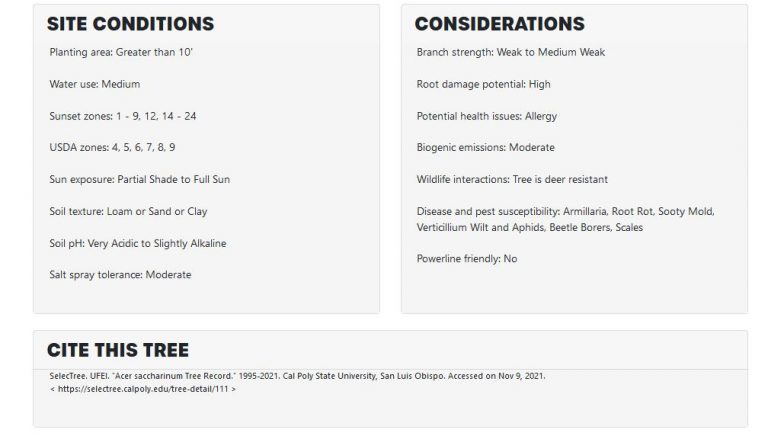
“Right-Tree, Right-Place” is a great educational campaign that reminds us to make informed tree selections and decisions near utility lines. Choosing the right tree for the right place also includes evaluating the site conditions and the tree species growth characteristics for your planting project. Researching the size class of the trees in your planting project and having a handy species profile of each species in your proposed tree planting plan will help ensure your new trees thrive and don’t conflict with utilities.

